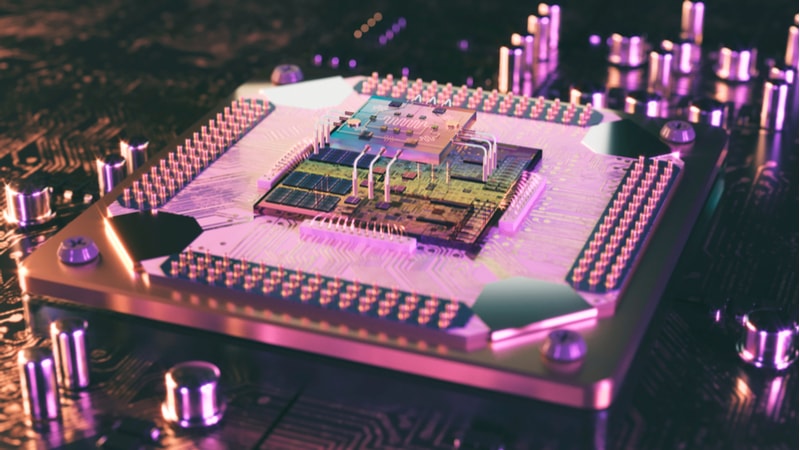
The next high-powered supercomputer is coming to the National Energy Research Scientific Computing Center (NERSC) under a new contract between the Department of Energy (DoE), Dell Technologies, and NVIDIA.
DoE’s NERSC, which is housed at the Lawrence Berkeley National Laboratory in Berkeley, Calif., said its new supercomputer – coined “Doudna” – will be operational in 2026 and is designed to deliver more than 10 times the performance of its predecessor, named Perlmutter, DoE announced on May 30.
Doudna will be powered by Dell’s most advanced server architecture – including its ORv3 direct liquid-cooled server technology – and NVIDIA’s Vera Rubin CPU-GPU platform which will enable high-performance computing, artificial intelligence, and quantum simulation workloads.
“The Doudna system represents DOE’s commitment to advancing American leadership in science, AI, and high-performance computing,” said Secretary of Energy Chris Wright in a statement. “It will be a powerhouse for rapid innovation that will transform our efforts to develop abundant, affordable energy supplies and advance breakthroughs in quantum computing.”
Research supported by Doudna will include molecular dynamics, high-energy physics, advanced materials, and AI training and inference, and will be made available to 11,000 users through the NERSC. It will also help to support the next wave of fusion innovators, which would make fusion energy practical and scalable.
“Doudna will be connected to DoE experimental and observational facilities through the Energy Sciences Network (ESnet), allowing scientists to stream data seamlessly into the system from all parts of the country and to analyze it in near-real time,” said Sudip Dosanjh, director of NERSC, in a statement.
DoE researchers will also be able to integrate large-scale AI into their simulation and data analysis workflows. Quantum simulation tools available through NVIDIA’s CUDA-Q platform will enable scalable quantum algorithm development, modeling, and verification of quantum computers at scale, in addition to designing future integrated quantum-high powered computers.
“Our collaboration with the Department of Energy on Doudna underscores a shared vision to redefine the limits of high-performance computing and drive innovation that accelerates human progress,” said Michael Dell, chairman and CEO of Dell Technologies, in a statement.
Other hardware and components featured as part of the NERSC’s newest supercomputer will include NVIDIA accelerators, a NVIDIA Quantum-X800 InfiniBand networking platform, and a high-performance parallel file system.
“Doudna is a time machine for science – compressing years of discovery into days,” said Jensen Huang, founder and CEO of NVIDIA, in a statement.
